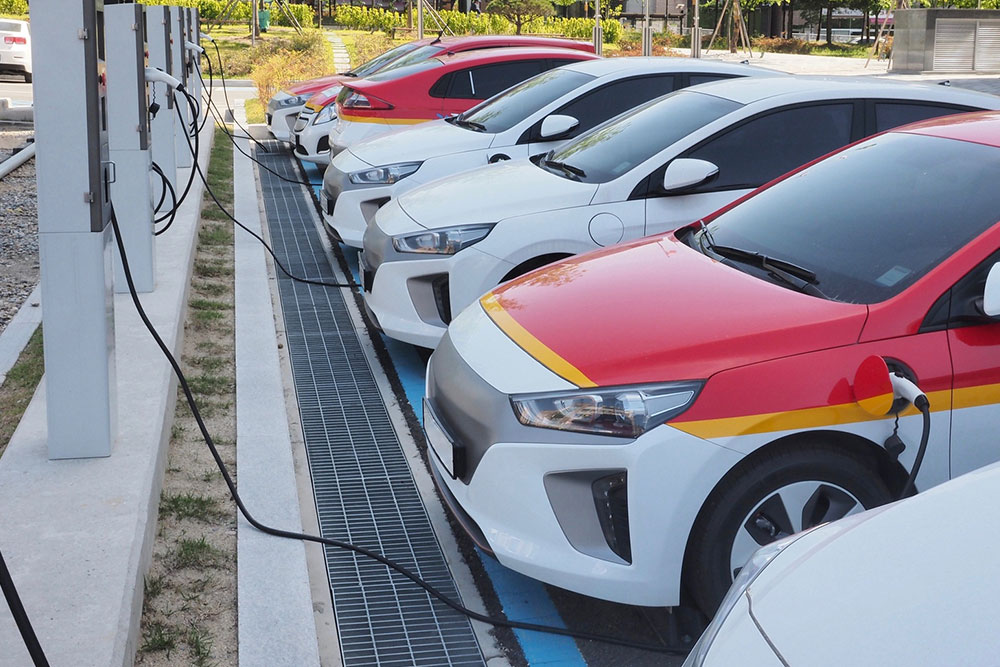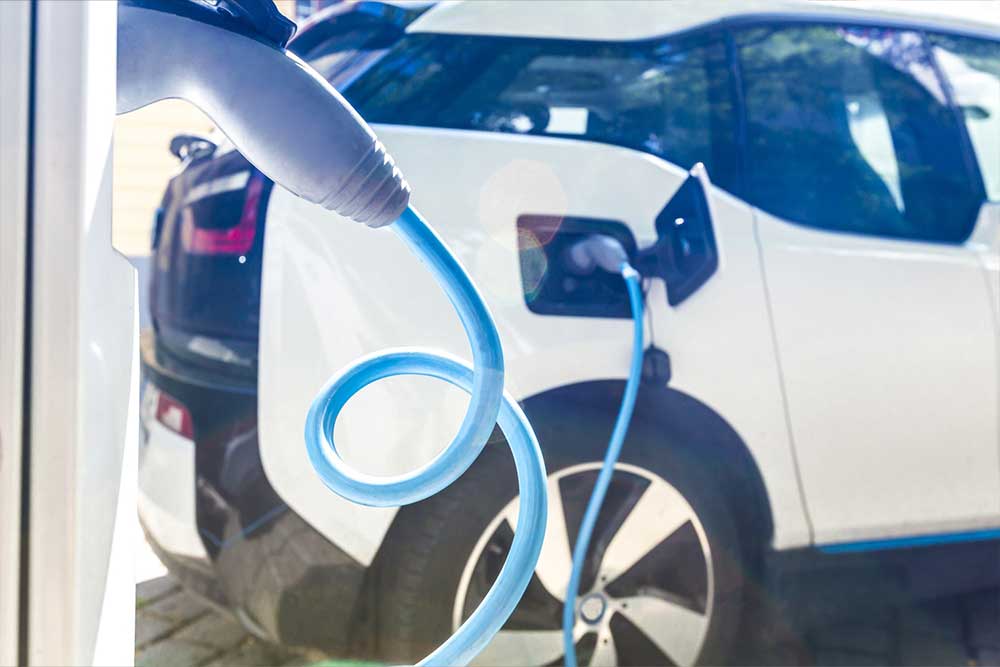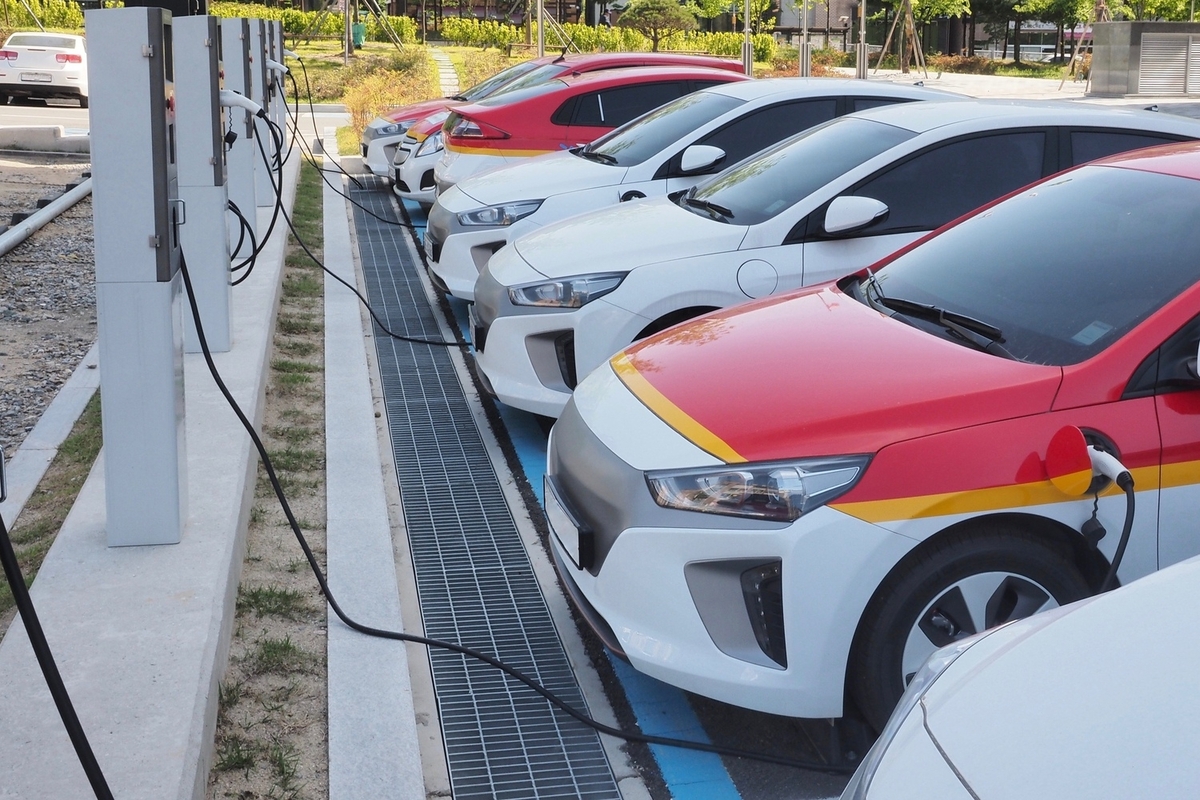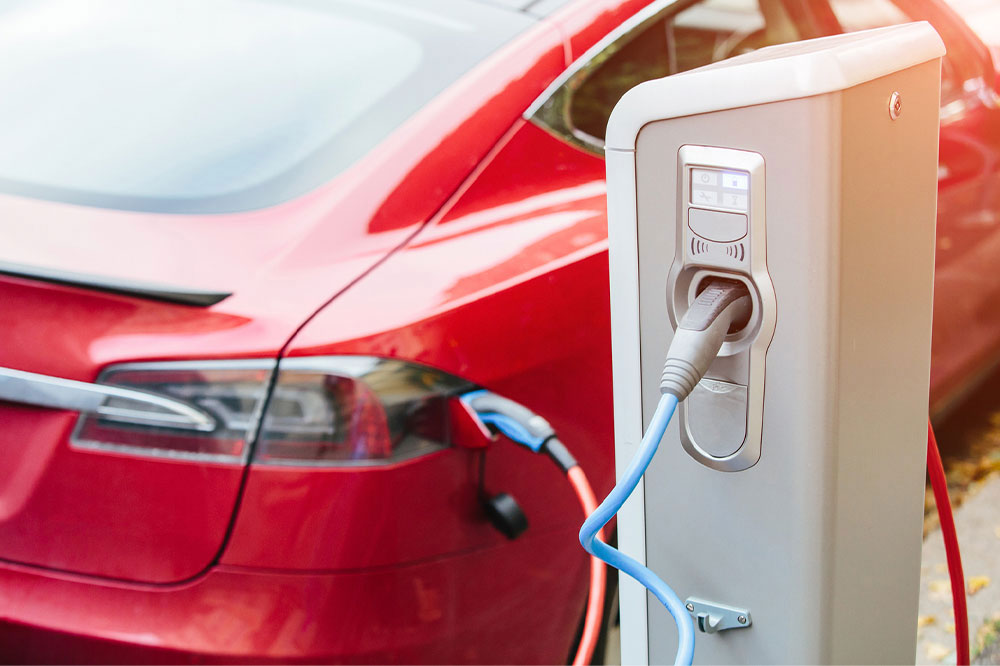Comprehensive Guide to Unsold Electric Vehicles: Opportunities for Smart Buyers
This comprehensive guide explores why certain electric vehicles remain unsold and offers practical tips for buyers to find excellent deals. By understanding market trends, pricing factors, and how to identify quality discounted EVs, consumers can make informed purchases that save money while enjoying modern, eco-friendly transportation. Discover how surplus inventory presents opportunities for savvy buyers to access high-quality electric vehicles at reduced prices.
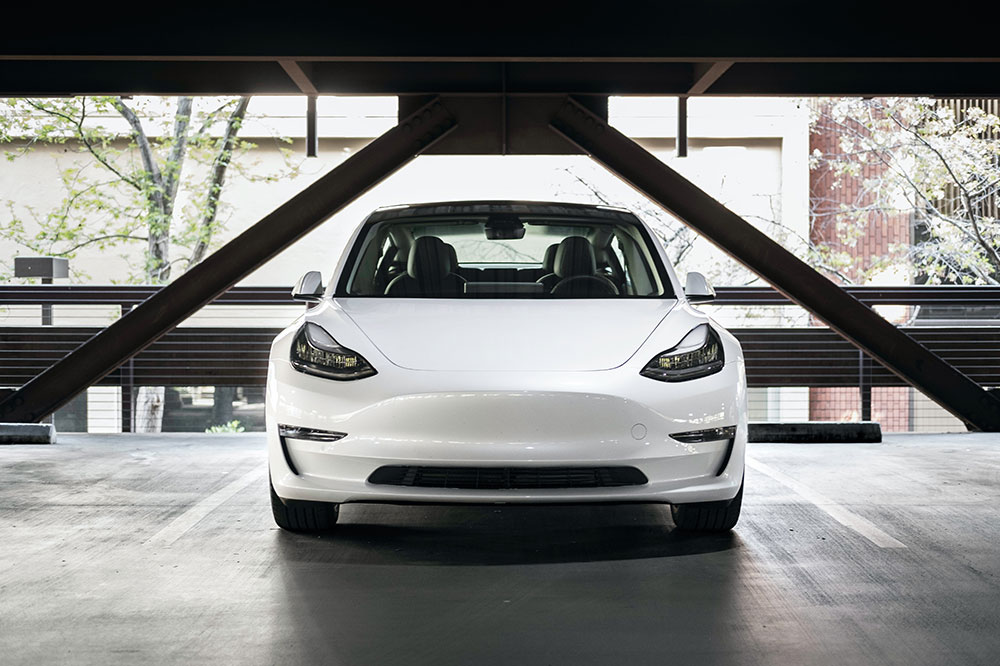
Comprehensive Guide to Unsold Electric Vehicles: Opportunities for Smart Buyers
The electric vehicle (EV) market is experiencing rapid growth, transforming the way people approach transportation and environmental sustainability. From hybrids to fully electric cars, EVs are praised for their innovative technology, eco-friendly features, and newer driving experiences. However, despite the high demand for electric vehicles, a significant number of certain models remain unsold, creating unique opportunities for budget-conscious consumers and savvy buyers. Understanding the reasons behind these unsold units, analyzing the factors affecting their pricing, and learning how to identify the best deals can help consumers make informed decisions and capitalize on these opportunities.
Root Causes of Unsold Electric Vehicles: Why Do They Linger in Inventory?
The automotive industry, especially the EV segment, faces various challenges that lead to surplus inventory. Several factors influence why certain electric vehicle models don't sell quickly and remain in manufacturer or dealership inventories longer than anticipated. Recognizing these reasons can help potential buyers avoid common pitfalls and spot advantageous deals.
Below are the core reasons why some electric vehicles remain unsold in dealerships and warehouses:
Overly Equipped Models with Extra Features: Many manufacturers add high-end amenities or technological features that inflate the vehicle's price but may not be essential for every consumer. Such high-cost configurations may limit the market appeal, especially if buyers perceive these extras as unnecessary or overpriced.
Manufacturing Defects and Quality Issues: Vehicles with cosmetic flaws such as scratches, dents, uneven paintwork, or loose components are often returned or withheld from showrooms. Manufacturing issues can undermine consumer confidence and lead to higher inventory levels of imperfect units.
High Competition and Insufficient Differentiation: The EV market is highly competitive. When new models lack cutting-edge features or are priced higher than comparable alternatives, they tend to underperform sales-wise. Brands offering better value or more advanced technology attract more customers, leaving less popular models in excess stock.
If a particular electric vehicle lacks recent technological upgrades, such as longer-range batteries, upgraded infotainment systems, or improved safety features, its sales tend to suffer. When rival models offer features at the same or lower prices, or when aggressive marketing campaigns boost consumer awareness of competing products, the less equipped or outdated EVs struggle to find buyers. The situation is often compounded by marketing deficiencies, where manufacturers or dealerships do not sufficiently promote these models. As a result, long-standing unsold inventories build up, prompting dealerships to implement steep discounts to clear space for newer models. Interestingly, even after such discounts, residual prices of electric vehicles tend to stay comparatively high because of their technological advanced features and manufacturing costs, which maintain their value over time.
The Pricing Dynamics of Unsold Electric Vehicles
Brand Reputation and Model Specifics: Premium brands like Tesla, BMW, and Audi usually command higher prices due to their brand prestige, advanced features, and build quality. Lesser-known brands, or entry-level models, tend to be more affordable, making them attractive options for budget-conscious buyers.
Market Supply and Demand Imbalance: When dealerships or manufacturers have an oversupply of certain EV models relative to consumer interest, the prices tend to drop accordingly. Overstocked vehicles are often offered at significant discounts to stimulate sales.
Technological Features and Equipment: Models equipped with the latest tech, such as fast-charging batteries, autonomous driving capabilities, and premium interior features, generally hold higher value. Conversely, base models with minimal features are more affordable but less sought after.
Battery Technology and Longevity: The battery’s capacity, durability, and technological improvements impact the vehicle's overall value. Longer-lasting, more efficient batteries tend to increase a vehicle's resale and discount value.
Vehicle Age and Condition: Older or heavily used models, especially those with high mileage or cosmetic issues, are typically priced lower. These vehicles can be perfect for budget buyers looking for reliable transportation without paying premium prices.
Strategies for Effectively Purchasing Unsold Electric Vehicles
Extensive Market Research: Compare models such as the BMW i3, Audi e-Tron, Kia Niro EV, Ford Mustang Mach-E, and Jaguar I-PACE. Shopping for older versions or pre-owned units of these models can lead to substantial savings without sacrificing quality.
Buy from Reliable Dealerships: Always choose authorized or reputable dealers who guarantee authenticity, warranty coverage, and after-sales support to ensure a worry-free ownership experience.
Look for Seasonal or Promotional Sales: Dealerships often hold clearance events during end-of-year or holiday seasons that feature reductions on unsold inventory, providing excellent opportunities for buyers to secure discounted EVs.
Opt for Certified Pre-Owned or Older Models: These vehicles tend to be priced more affordably and can offer decent features, warranty coverage, and reliable performance at a reduced cost.
Ensure Warranty and After-Sales Support: Prioritize vehicles backed by comprehensive warranties and accessible service centers. This approach minimizes future maintenance costs and enhances ownership confidence.
In conclusion, purchasing an unsold electric vehicle can be a smart financial decision, especially for those seeking high-quality, eco-friendly transportation at a fraction of the original retail price. Many of these models are in excellent condition, often with minimal usage, making them a compelling choice for consumers looking to enjoy the benefits of modern EV technology without the premium price tag. With thorough research, careful dealership selection, and strategic timing, buyers can leverage the surplus inventory of EVs to find ideal vehicles that match their needs and budget.
